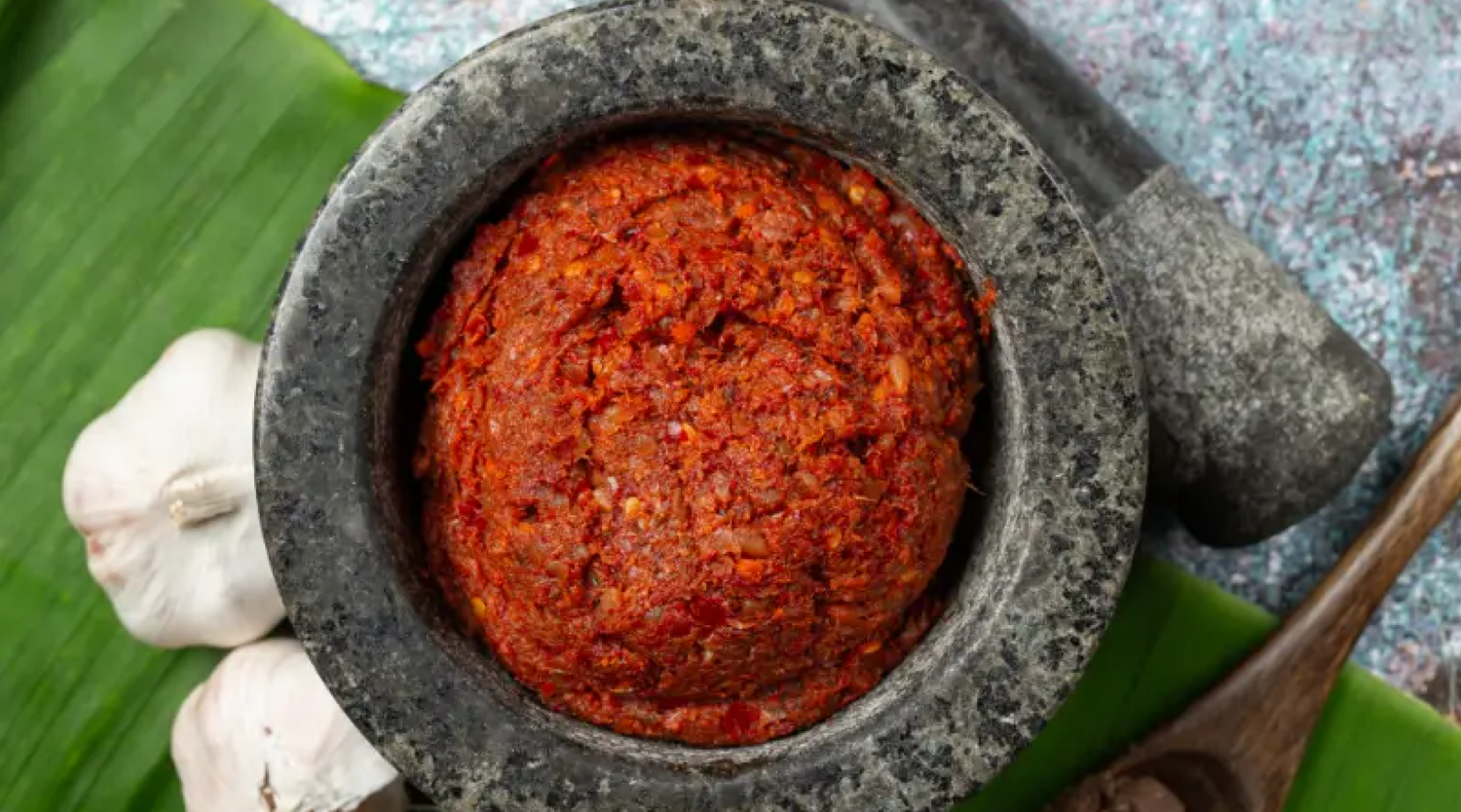Spices: More Than Just Flavor
When we think of protein sources, our minds often go to meats, legumes, dairy, and nuts. However, there is an often-overlooked source of protein hiding in plain sight—our spices. The aromatic and flavorful masalas that define cuisines across the world, particularly in India, contain small but significant amounts of protein that contribute to our overall nutrient intake. While spices may not be primary protein sources, their cumulative effect in daily cooking can be surprisingly beneficial.
Spices have been an integral part of culinary traditions for centuries, not only for their ability to enhance taste but also for their medicinal and nutritional properties. Used in small quantities, they work in harmony with other foods to create balanced, wholesome meals. What many people don’t realize is that several common spices contain proteins, amino acids, and enzymes that support various bodily functions, from digestion to metabolism.
Protein-Packed Spices in Your Kitchen
Some everyday spices that contain notable amounts of protein include cumin, fenugreek, mustard seeds, coriander seeds, fennel seeds, and turmeric. Cumin seeds are a powerhouse of nutrients, containing about 18g of protein per 100g. They are also known for their digestive benefits and ability to boost metabolism. Fenugreek seeds and leaves are another rich source of protein, offering around 23g per 100g, along with fiber and essential minerals that support gut health and overall well-being.
Mustard seeds, commonly used in pickles, curries, and spice blends, contain around 26g of protein per 100g and provide a distinct pungent flavor that enhances various dishes. Coriander seeds, often used in Indian cooking, have approximately 13g of protein per 100g and play a vital role in aiding digestion and detoxification. Fennel seeds, which are frequently consumed after meals as a digestive aid, contain about 15g of protein per 100g, while also helping with bloating and digestion. Turmeric, although primarily known for its anti-inflammatory properties, contains small amounts of protein that contribute to its overall nutritional profile.
How Spices Support Protein Intake
Spices primarily provide micronutrients and health benefits rather than being a primary protein source. While these spices do contain protein, they are typically consumed in small quantities, meaning their contribution to overall protein intake is limited.
While spices alone may not be a replacement for traditional protein sources, they complement our diets in several ways. First and foremost, many spices aid in enhancing digestion, ensuring that proteins from other foods are properly broken down and absorbed by the body. Spices like cumin and fennel help to reduce bloating and promote better gut health, leading to more efficient nutrient absorption.
Secondly, spices are known for their metabolism-boosting properties. Many spices, including mustard seeds, turmeric, and fenugreek, have thermogenic effects, meaning they help the body burn calories more efficiently. This improved metabolism ensures that the body can utilize nutrients, including protein, more effectively.
Additionally, some spices contain essential amino acids that contribute to muscle health and repair. Amino acids are the building blocks of protein, and although spices provide them in smaller amounts, their inclusion in daily cooking helps support the body’s overall amino acid profile. This is particularly beneficial in vegetarian and vegan diets, where diverse sources of protein are essential.
Maximizing the Benefits of Spices in Your Diet
To make the most of the protein and health benefits that spices offer, it’s essential to use a variety of masalas in your cooking. Instead of sticking to just one or two spices, incorporating a range of protein-rich spices ensures a diverse nutrient intake. For example, using a combination of cumin, coriander, and mustard seeds in a dish can provide more nutritional benefits than using just one spice alone.
Pairing spices with protein-rich foods like lentils, yogurt, and nuts can further enhance the body’s ability to absorb and utilize protein. Spices not only add flavor to these foods but also help in digestion and nutrient assimilation. Additionally, opting for freshly ground spices rather than pre-packaged versions helps retain more nutrients. Pre-ground spices tend to lose their potency and nutritional value over time, so using whole spices and grinding them just before cooking can be more beneficial.
Conclusion
The next time you reach for your masala box, remember that these tiny powerhouses offer more than just taste and aroma. While they may not replace traditional protein sources like lentils, dairy, or meat, they play a subtle yet essential role in overall nutrition. Spices help enhance digestion, boost metabolism, and provide small amounts of protein that collectively contribute to a healthier diet. By embracing the hidden protein in our spices, we can unlock a flavorful and nutritious way of eating that supports overall well-being.



